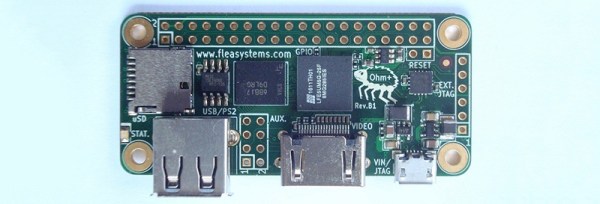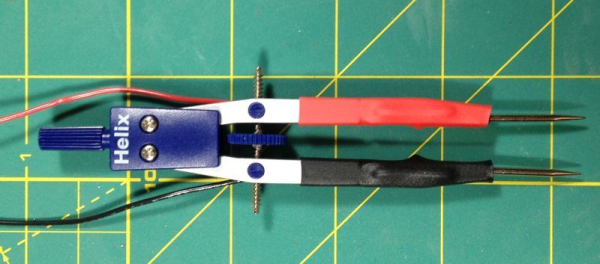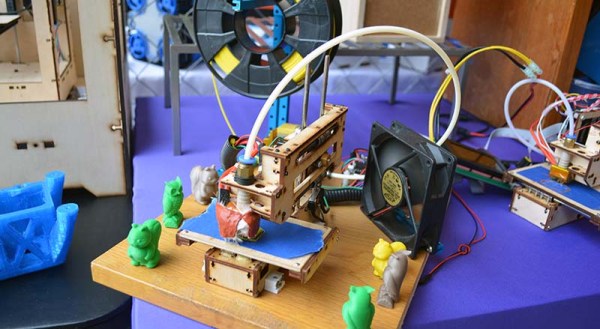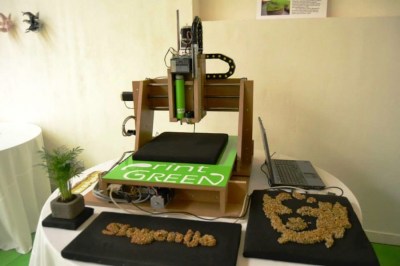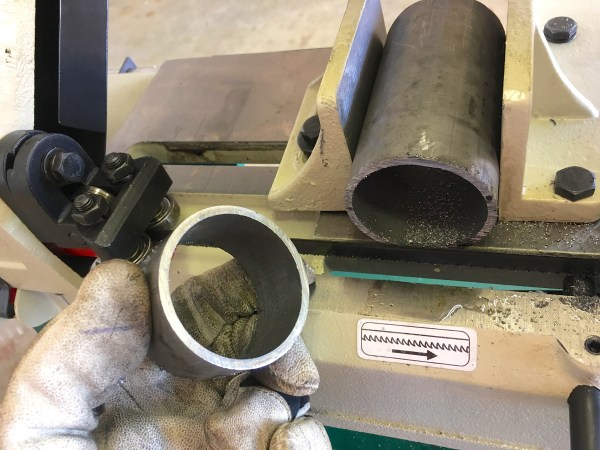Hey Elon, three weeks ago I was in Burning Man in the Nevada desert and after I dug myself a nice K-hole I notice that Mars is a lot like the Nevada desert which got me thinking that if we can live here we can live on Mars but then I realized that Mars really isn’t a lot like the Nevada desert because there are toilets here but if we could build toilets on Mars it would be a lot like the Nevada desert? This week Elon Musk unveiled the Interplanetary Transport System at the International Astronautical Congress in Guadalajara. Instead of filling the room with industry experts the highlights of the Q&A session consisted of a woman who wanted to give Elon a kiss onstage and some guy who was super, super high. Discussion of the technical feasibility of a big, heavy window on the Heart of Gold has not appeared anywhere. Zero thought has been given to the consequences of building a civilization consisting entirely of the wealthiest 1% of Earth’s population. I fully support the Interplanetary Transport System; I’m going because this planet sucks.
[FoamieNinja] over on /r/radiocontrol is experimenting with single bladed propellers. Single bladed propellers are the most efficient way of pushing air behind an engine but haven’t really seen widespread use because they’re really weird, and I don’t know if you can do a variable pitch prop like this. You can find these types of props rarely on big-sized aircraft such as vintage J-3 Cubs sporting a 40HP engine. I haven’t seen them on anything bigger.
Next weekend is the Open Hardware Summit in Portland, Oregon. Hackaday is going to be there, and there’s a BringAHack at OSH Park on Thursday. Last year at the summit, the Open Source Hardware Certification was announced. This year, OSHWA is ready to launch their certification program. The takeaway from last year is that Open Hardware Certification will be free, self-certifying, with penalties based on fines for non-compliance.
The ESP32 is here, but most of them are still in a shipping container somewhere in the Pacific. Here’s a breakout board for the Espressif ESP-WROOM-02.
The J-Core is a clean room, open source CPU and SOC. Currently, it’s only implemented in VHDL until someone has a ton of money to burn on an ASIC. Now, the J-Core is supported by Linux. That makes an ASIC just a bit more likely. Thanks [Stefano] for the tip.
MakerBot is not at the New York Maker Faire this year. This is the greatest proof of the imminent failure of MakerBot, but it does deserve some context. In 2009, MakerBot demoed their first printer, the Cupcake, at the New York Maker Faire in Queens, NY. This was, by any reasonable historical reckoning, the introduction of a simple, easy to use, consumer 3D printer to the masses. The current trend of cheap desktop printers began seven years ago this weekend. MakerBot was so successful that it can be argued that Make:, the magazine and the faire, has tried to take credit for the consumer 3D printer ecosystem, simply because they hosted the launch of the Cupcake. Over the years, everyone has tried to ride MakerBot’s coattails. Since then, a few things happened. Last month, MakerBot introduced a new line of (China-manufactured) 3D printers, and they don’t have a booth. The reasons for this could be that Maker Faire is horrifically expensive for any vendor, and MakerBot is going to be at CES next year anyway, but this is it. The MakerBot obituary was not premature. We won.

